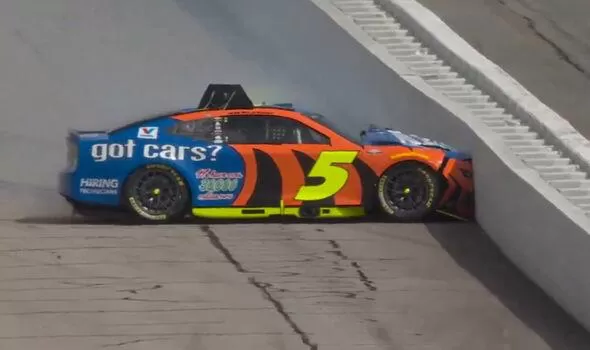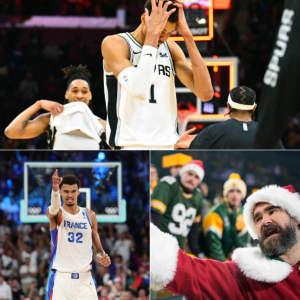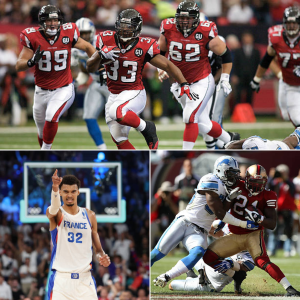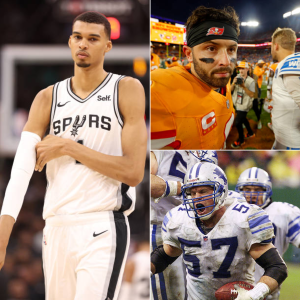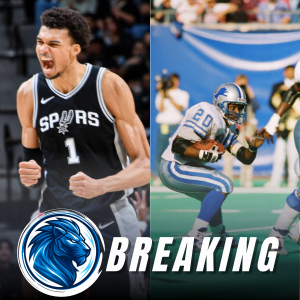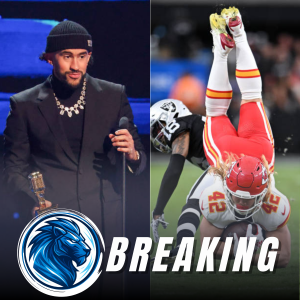The Goodyear 400 at Darlington Raceway on April 6, 2025, was poised to be Ryan Blaney’s crowning moment—until a late-race collision between Kyle Larson and Bubba Wallace sparked chaos, controversy, and a fierce debate that’s still raging across NASCAR. What seemed like a routine race turned into a dramatic spectacle when a caution flag, triggered by Larson’s spin, handed Denny Hamlin a stunning victory and left Blaney heartbroken. Now, Larson is under scrutiny, facing a potential penalty, while Wallace grapples with frustration over a moment that redefined the race’s outcome.
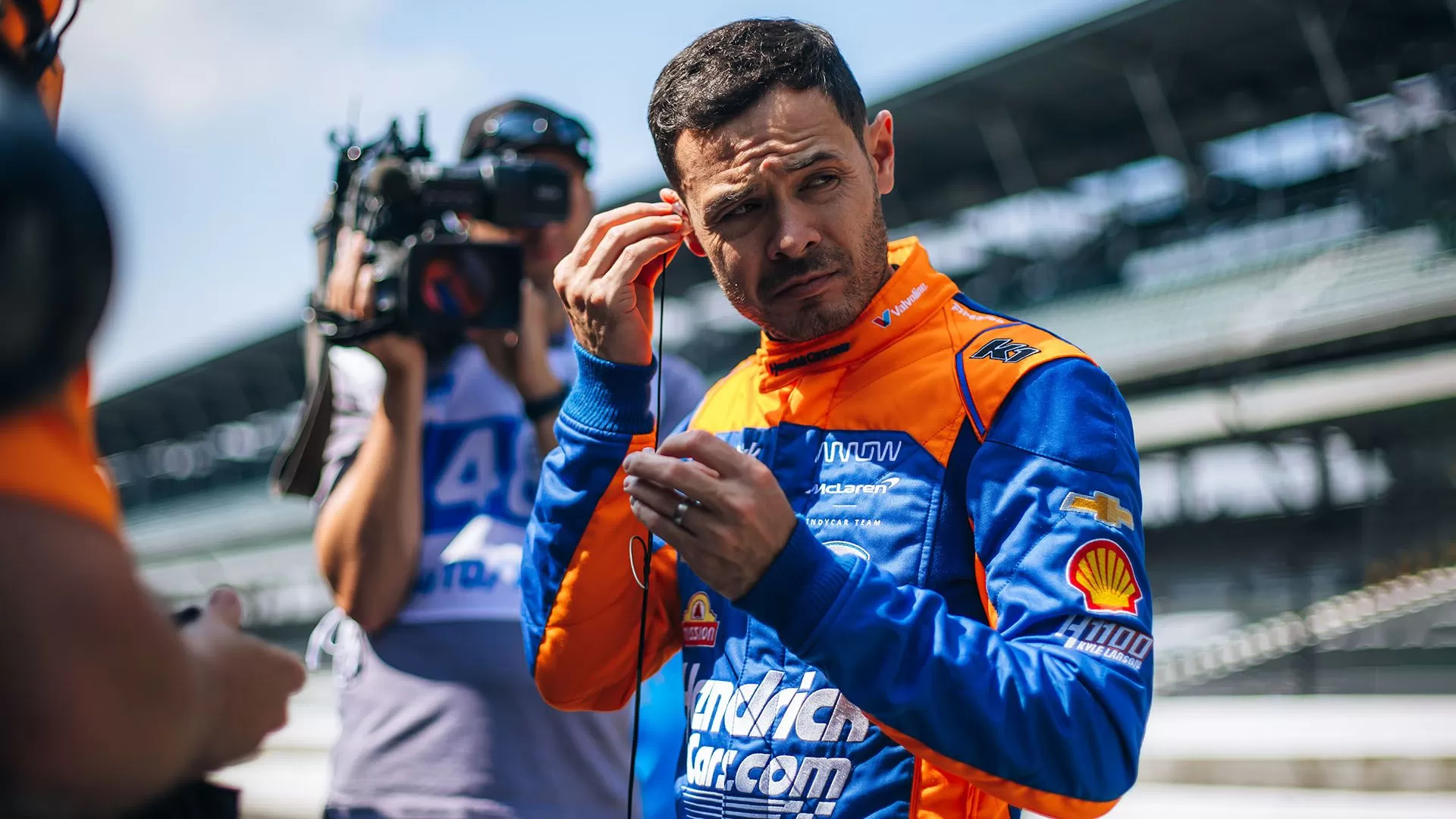
With just four laps remaining, Blaney held a commanding lead, his No. 12 Ford slicing through Darlington’s 1.366-mile oval with precision. The former Cup Series champion appeared unstoppable, having overtaken Tyler Reddick, whose tires were fading fast. But chaos loomed. Reddick grazed the wall, prompting Larson—running over 160 laps down after an earlier spin—to brake hard. Wallace, tucked closely behind in his No. 23 Toyota, couldn’t react in time, clipping Larson’s rear and sending the No. 5 Chevrolet spinning into the inside wall. The caution flag waved, and Blaney’s dream unraveled.
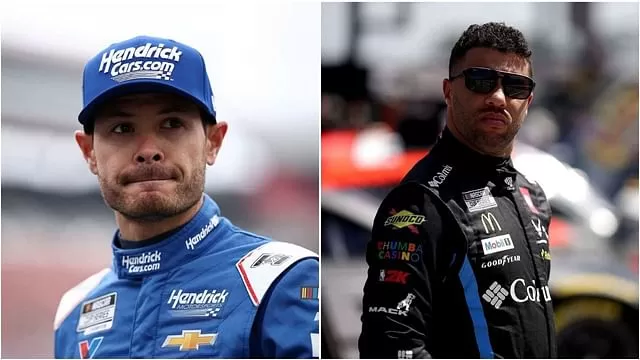
That yellow flag reshuffled the race. Hamlin’s Joe Gibbs Racing crew executed a lightning-fast pit stop, catapulting him from third to first for the overtime restart. Blaney’s team, plagued by a slower stop, dropped him to fifth. Hamlin seized the moment, fending off William Byron and Christopher Bell to claim his 56th career win, tying Kyle Busch’s JGR record. Blaney, left with a fifth-place finish, could only muster a defeated sigh, his near-perfect race stolen by circumstances beyond his control.
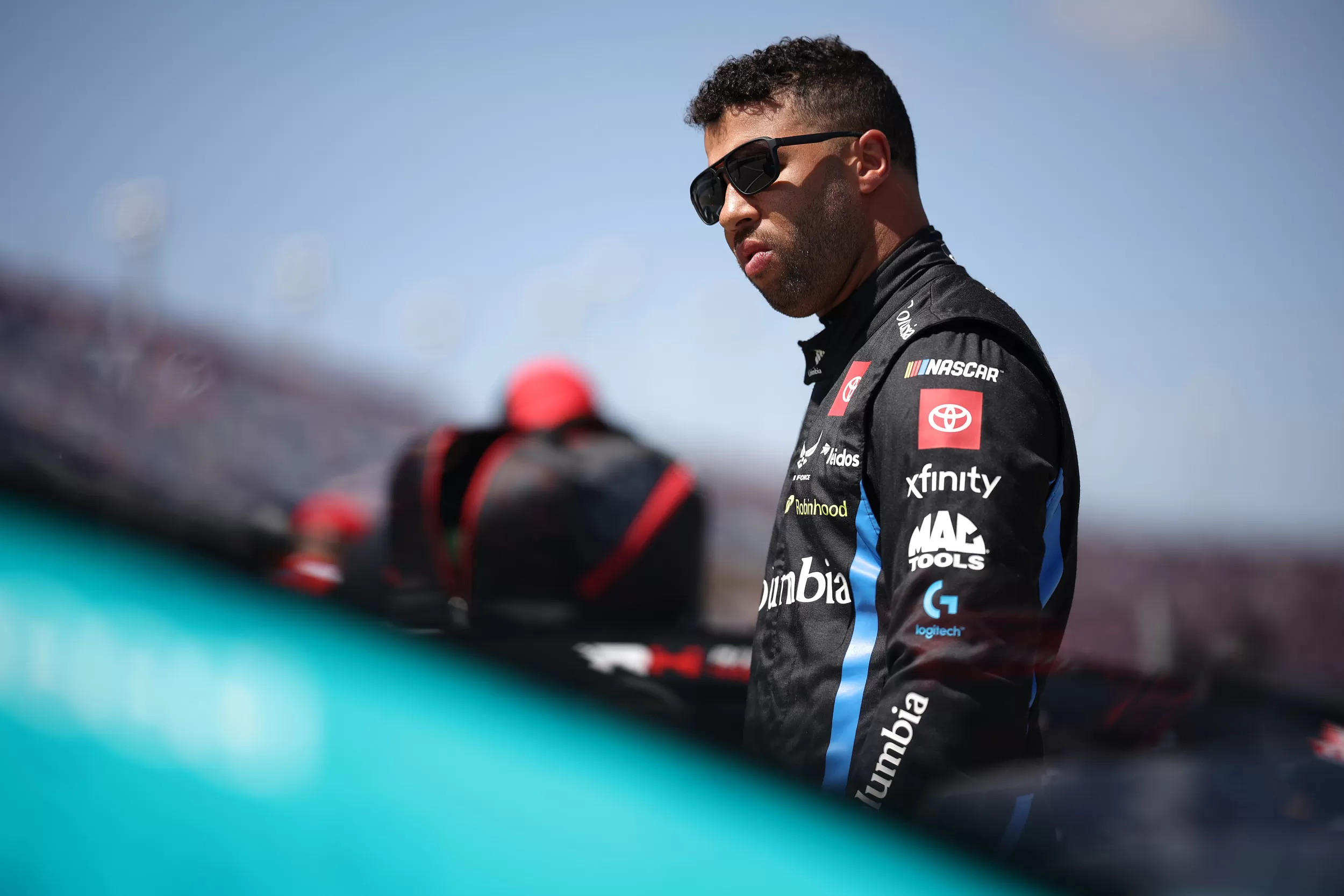
The incident ignited a firestorm. Larson, already out of contention after a Lap 4 crash, was technically allowed to stay on track under NASCAR’s 2025 rule permitting damaged cars to continue if they meet minimum speed. His fresh tires and pace kept him competitive, but his abrupt braking caught Wallace off guard. Wallace’s radio crackled with frustration: “That was not that big of a checkup,” he snapped, while his spotter, Freddie Kraft, added, “Dude just panicked.” Fans and analysts are split—did Larson overreact to Reddick’s crash, or should Wallace have anticipated the slowdown?

Larson’s decision to brake so aggressively, despite not racing for position, has drawn sharp criticism. Some argue his presence among faster cars late in the race was reckless, especially with Wallace right behind him. Others defend him, noting he was avoiding further chaos after Reddick’s wall contact. Wallace, meanwhile, insists he was blindsided, unable to see Reddick’s crash and caught off guard by Larson’s sudden deceleration. The 23XI Racing driver, already battling a tough day that ended in 21st, called the incident “collateral damage” in a heated post-race interview.
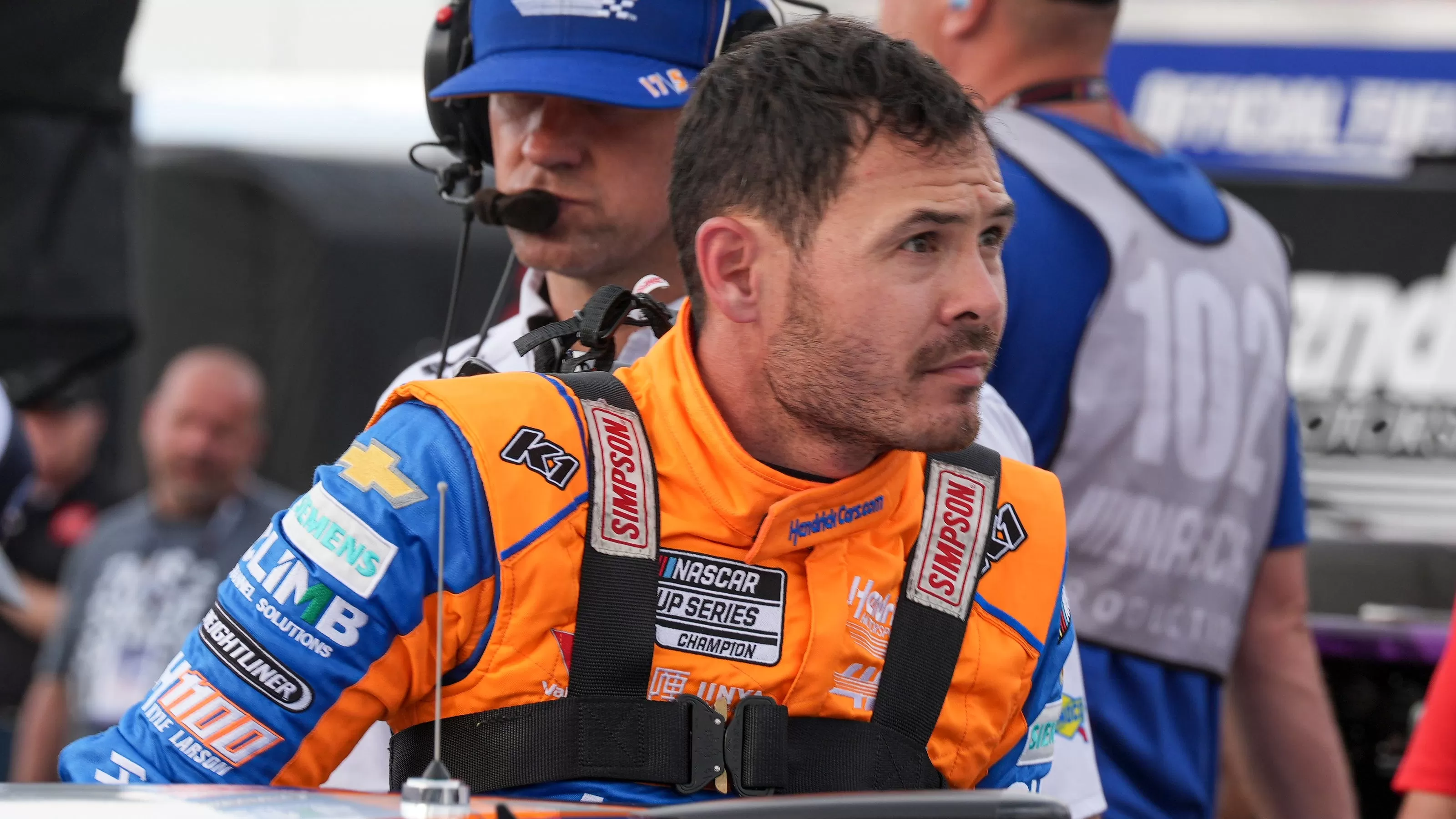
The fallout has raised bigger questions about NASCAR’s rules. Should lapped cars like Larson’s, far out of contention, be allowed to influence a race’s climax? The rule aims to keep teams in the fight and add strategy, but when a driver 160 laps down triggers a caution that flips the leaderboard, it sparks cries of unfairness. Blaney’s loss echoes past controversies where lapped traffic altered outcomes, fueling calls to rethink how NASCAR manages late-race scenarios.
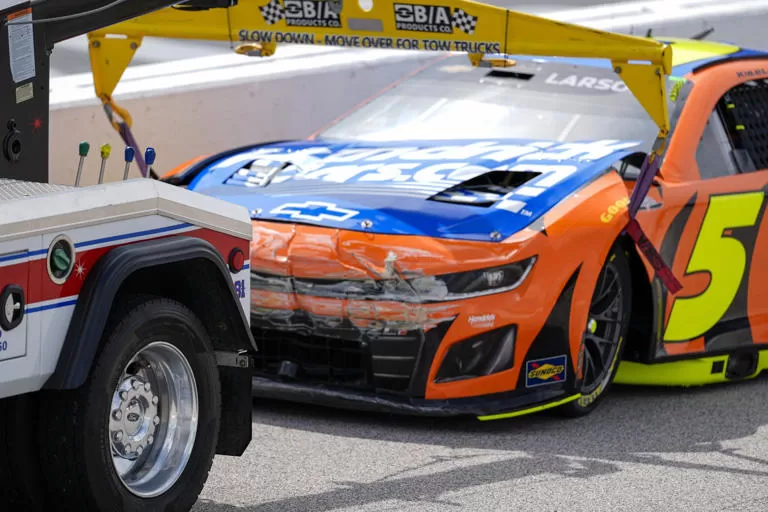
As Bristol’s Food City 500 looms on April 13, Larson faces potential penalties—rumors swirl of fines or points deductions for avoidable contact—while Wallace aims to shake off Darlington’s drama. Blaney, ever resilient, will look to reclaim his momentum, but the sting of this defeat lingers. NASCAR fans are left debating: Was Larson reckless, or was this just racing’s unpredictable nature? One thing’s certain—Darlington’s chaos has set the stage for a fiery showdown at Bristol.
